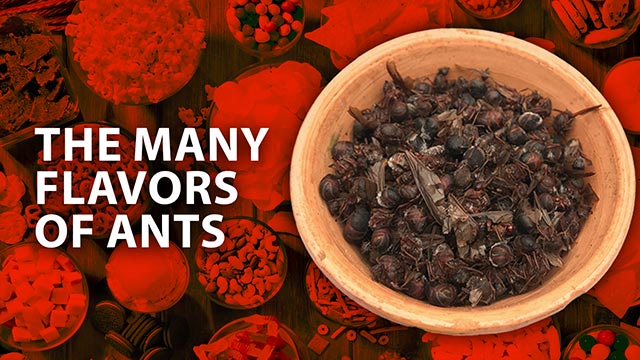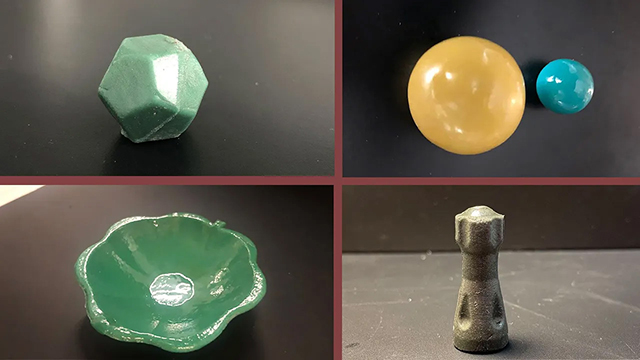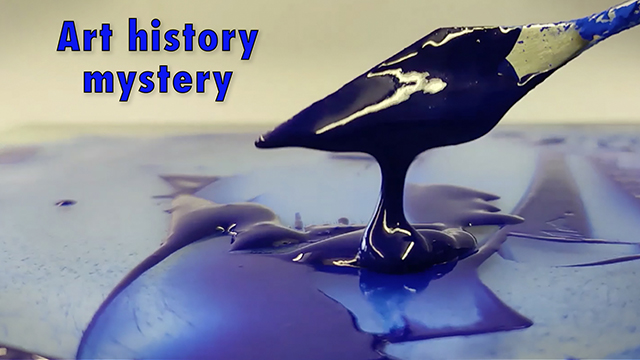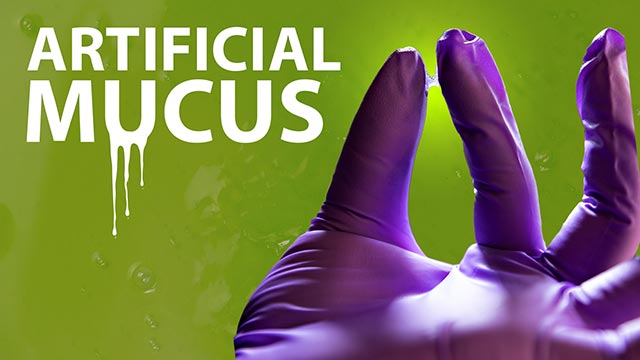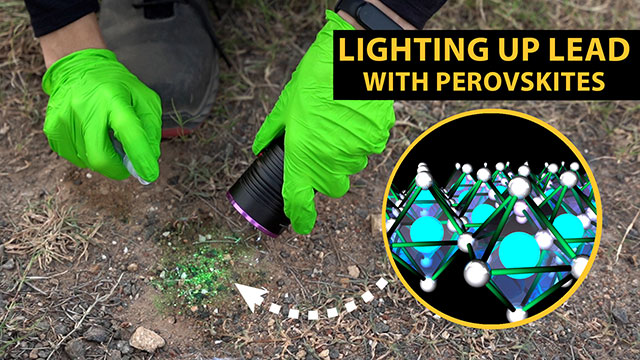Ear infections are a common childhood ailment. They’re usually treated with antibiotics, but the rise of antibiotic resistance has scientists looking for alternative treatments. Researchers developed a new kind of earache treatment that exploits a chemical produced by the infectious bacteria. They made nanorods that catalyze a chemical reaction inside the ear that turns hydrogen peroxide, which some bacteria produce naturally, into hypobromous acid, a potent antiseptic that’s less likely to breed resistance. The researchers are now working on developing a non-invasive delivery method for the treatment, so one day doctors could apply the treatment topically rather than injecting it into the ear. The research is being presented at ACS Fall 2023, a meeting of the American Chemical Society.
Watch an interview with the researchers.
To read an ACS press release about this research: Treating back-to-school ear infections without antibiotic resistance
Source Article
“Eradication of ear infection via autonomous synthesis of antimicrobials”
Presentation at ACS Fall 2023 on Aug. 15, 2023
Presenter/Principal Investigator: Rong Yang, Ph.D.
Transcript
Narrator: Researchers are testing a nanoparticle-based treatment for earaches that could avoid the problem of antibiotic resistance. Ear infections are a common childhood ailment. They’re usually treated with antibiotics, but the rise of antibiotic resistance has scientists looking for alternative treatments.
Researchers developed a new kind of earache treatment that exploits a chemical produced by the infectious bacteria. The researchers knew that one kind of earache-causing bacteria excretes small amounts of hydrogen peroxide to fight off other microbes. And they knew that certain enzymes found in giant kelp can convert hydrogen peroxide into hypobromous acid, a potent antiseptic that can kill infectious microorganisms without building resistance.
So the researchers designed nano-sized rods that prompt this same chemical reaction inside the ear, fueled by hydrogen peroxide from the bacteria. The rods contain the metal vanadium, just like the kelp enzyme does. Researchers mix up a solution of chemicals, then heat it in an autoclave to synthesize the nanomaterial. Before testing the treatment in animals, they verified the reaction worked outside the body and measured how effectively the nanorods killed bacteria. Animal tests showed the treatment could effectively cure ear infections within 7 days.
Next, the researchers turned their attention to developing a non-invasive delivery system. They covered the nanoparticles with biological molecules called peptides that help them slip through ear tissue, so that some day, doctors could apply the treatment topically instead of injecting it – as easy as ear drops.
The research is being presented at ACS Fall 2023, a meeting of the American Chemical Society.
To embed this video, please visit YouTube and use the Share function.

